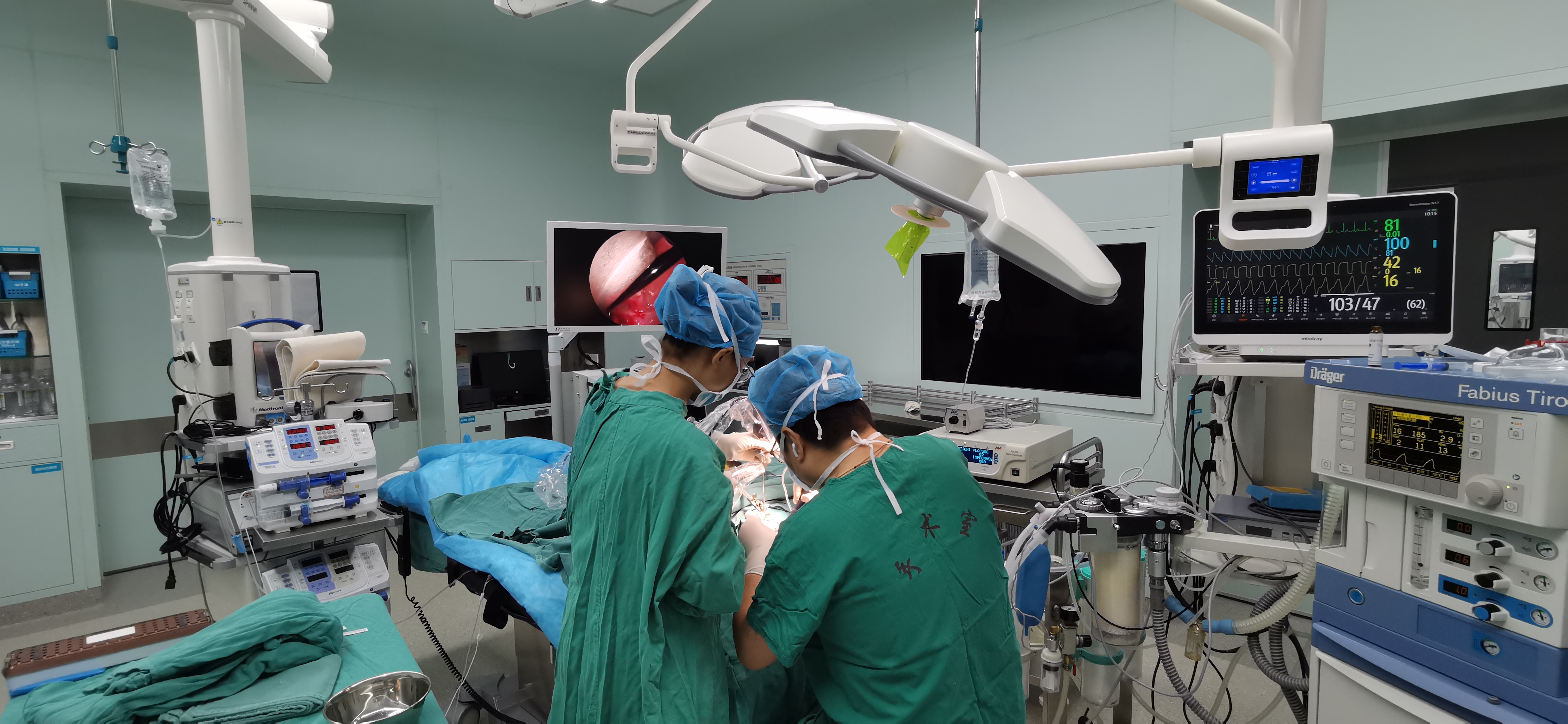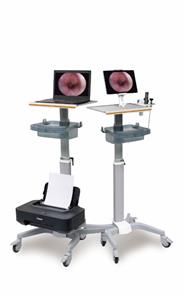Clinical application of endoscopy-assisted minimally invasive treatment of carpal tunnel syndrome
Open carpal tunnel incision and decompression in the palm is a common operation for patients with carpal tunnel syndrome. Although it can achieve significant decompression effect on median nerve, its open feature can prolong the recovery period of hand function after operation, reduce the grip and pinch strength of patients, and affect the normal life and work of patients. The most important thing is the operation of open surgery to cut the palmar aponeurosis and pull the wrist tendon, which can damage the median nerve to some extent, even cause neurovascular structure damage, and enhance the postoperative pain and prolong the postoperative period of patients. And as an open surgery, its surgical incision is large, and the surgical scar after incision healing can affect the aesthetics of patients' hands to some extent. Therefore, it is the research focus of carpal tunnel syndrome patients to seek a surgical scheme with less trauma, better curative effect and faster recovery. With the continuous development of minimally invasive technology, minimally invasive assistive devices, mainly endoscopes, have been widely used in clinical. They can obtain the surgical field of vision by means of endoscopes, which can minimize the surgical incision, which not only improves the aesthetics of patients' surgical incision, but also shortens the postoperative wound healing cycle to the greatest extent, which can encourage patients to carry out wrist strength and grip strength rehabilitation exercise as soon as possible. Secondly, this operation can reduce the pulling operation on the palmar aponeurosis and wrist tendon to the greatest extent by obtaining the surgical field of vision through the endoscope, and at the same time, it can avoid cutting off the muscles above the ligament, the sling between the thenar and thenar and the superficial palmar fascia at the same time, which can avoid the decrease of hand grip strength after operation and avoid the risk of complications of conventional open surgery. It can be seen that endoscopic carpal tunnel incision and decompression can achieve positive application value in the clinical treatment of carpal tunnel syndrome patients.





